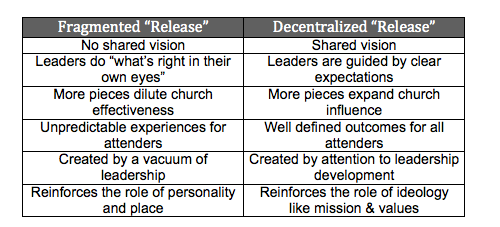
The Clarity of Our Founding Fathers
How was it that within a short span of time on the east coast of the North American continent there should have sprung up such a rare array of genius – men who seemed in virtual command of historical experience and who combined moral imagination with a flair for leadership?
We know those men as the Founding Fathers.
Part of the answer is that these men knew how to invest their combined strength in a great idea:
- A young man like James Madison had urgent thoughts about what people had to do to become free and remain free. Not content to just set these thoughts down in print, he joined those concerns to those of other men in a position to exert leadership.
- The intellectual exchange – in person and in letters – between Thomas Jefferson and John Adams spanned over 50 years, beginning when independence was just a dream and continuing long after the United States of America had become an established government. This exchange knows few equals for depth, range of subject matter, literary style and general intellectual achievement in recorded correspondence.
- George Washington and Benjamin Franklin registered their main impact on their contemporaries through the force of their personalities rather than through any detailed exposition of their political ideas and philosophy.
It was from men like these that the idea of a new nation was born. Their thoughts were expressed in The Declaration of Independence.
Drafted by Thomas Jefferson between June 11 and June 28, 1776, the Declaration of Independence is at once the nation’s most cherished symbol of liberty and Jefferson’s most enduring monument. Here, in exalted and unforgettable phrases, Jefferson expressed the convictions in the minds and hearts of the American people.
The political philosophy of the Declaration was not new. John Locke and the Continental philosophers had already expressed its ideals of individual liberty. What Jefferson did was to summarize this philosophy in “self-evident truths” and set forth a list of grievances against the King in order to justify before the world the breaking of ties between the colonies and the mother country.
On July 1, 1776, Congress reconvened. The following day, the Lee Resolution for independence was adopted by 12 of the 13 colonies, New York not voting. Immediately afterward, the Congress began to consider the Declaration. Adams and Franklin had made only a few changes before the committee submitted the document. The discussion in Congress resulted in some alterations and deletions, but the basic document remained Jefferson’s. The process of revision continued through all of July 3 and into the late morning of July 4. Then, at last, church bells rang out over Philadelphia; the Declaration had been officially adopted.
A letter from John Hancock to General Washington in New York, as well as the complete text of the Declaration, followed two days later:
That our affairs might take a more favorable turn, the Congress have judged it necessary to dissolve the connection between great Britain and the American colonies, and to declare them free and independent states; as you will perceive by the enclosed Declaration, which I am directed to transmit to you, and to request you will have it proclaimed at the head of the army in the way you shall think most proper.
Many saw at once that with the enemy massing for battle so close at hand and independence at last declared by Congress, the war had entered an entirely new stage. The lines were drawn now as never before, the stakes higher. “The eyes of all America are upon us,” John Knox wrote. “As we play our part posterity will bless or curse us.”
“We are in the midst of a revolution,” wrote John Adams, “the most complete, unexpected, and remarkable of any in the history of the nations.”
In a ringing preamble, drafted by Thomas Jefferson, the document declared it “self-evident” that “all men are created equal,” and were endowed with the ‘unalienable” rights of “life, liberty, and the pursuit of happiness.” And to this noble end the delegates had pledged their lives, their fortunes, and their sacred honor.
From this point on, the citizen-soldiers of George Washington’s army were no longer fighting only for the defense of their country, or for their rightful liberties as free born Englishmen, as they had at Lexington and Concord, Bunker Hill, and through the long siege at Boston. It was now a proudly proclaimed, all-out war for an independent America, a new America, and thus a new day of freedom and equality.
At a stroke the Continental Congress had made the Glorious Cause of America more glorious still, for all the world to know, and also to give every citizen soldier at this critical juncture something still larger and more compelling for which to fight.
Clarity isn’t everything, but it changes everything.
material adapted from 1776 by David McCullough

Tags: 1776, Clarity, Founding Fathers, Independence Day, Vision Clarity
























 They are naturally hungry to learn. They are culture savvy and they are connected to the people they are leading.
They are naturally hungry to learn. They are culture savvy and they are connected to the people they are leading.  These pastors understand that all growth is not good growth. They understand that growth out of alignment in the human body is called cancer. What then, do you call growth in the body of Christ that is out of alignment with the DNA of Jesus?
These pastors understand that all growth is not good growth. They understand that growth out of alignment in the human body is called cancer. What then, do you call growth in the body of Christ that is out of alignment with the DNA of Jesus?



